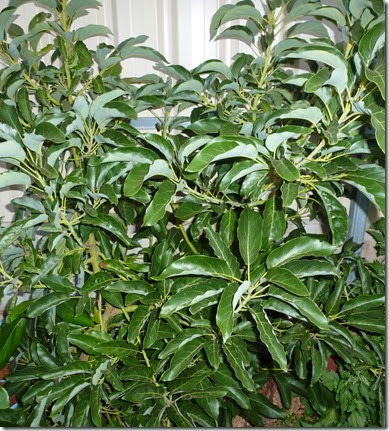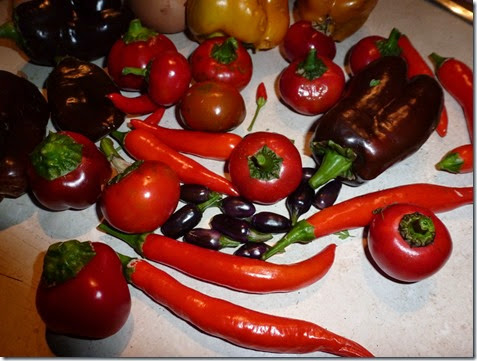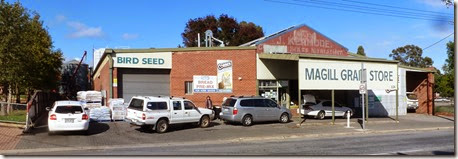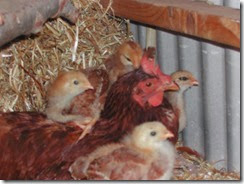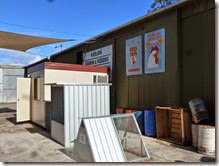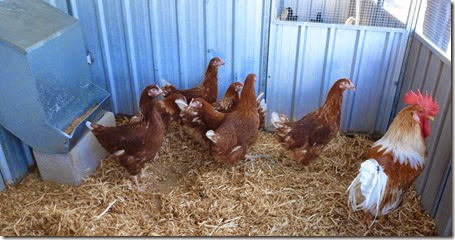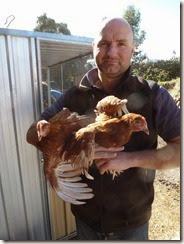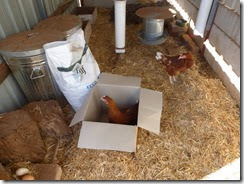Inside each ripe avocado lies a single giant seed surrounded by succulent flesh. All that’s required to grow your own avocadoes on the Adelaide Plains - after digging out such a seed - is a whole lot of patience and room in your garden for an enormous tree up to 20m tall.

The most commonly available avocado in local shops is a variety called Hass, but the cook has taken a liking to a less-common variety named Reed, obtainable only for limited periods from a local organic fruit store. 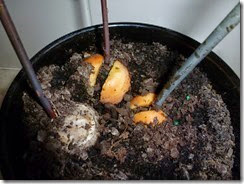 So we decided to grow this favourite on from seed and wait the four to six years that it typically takes before our efforts will bear fruit. This is a pretty risky business because there’s a real chance that the fruit produced will be different to that of its parent. Most seedlings available from nurseries are grafted onto rootstocks from cuttings of plants of known quality; the net result is a fairly expensive mature potted plant. As we’ve lost a number of these commercial avocadoes over the years there’s a decided reluctance in this household to spend money on more of them – hence the propagation of multiple plants from ‘pits’ at far lower financial risk.
So we decided to grow this favourite on from seed and wait the four to six years that it typically takes before our efforts will bear fruit. This is a pretty risky business because there’s a real chance that the fruit produced will be different to that of its parent. Most seedlings available from nurseries are grafted onto rootstocks from cuttings of plants of known quality; the net result is a fairly expensive mature potted plant. As we’ve lost a number of these commercial avocadoes over the years there’s a decided reluctance in this household to spend money on more of them – hence the propagation of multiple plants from ‘pits’ at far lower financial risk.
 We've grown these avocado pits on a kitchen cupboard under a sunny window; this ensures that we notice when watering is needed. A pot was filled with potting mix and the avocado seeds half buried at the surface. These seeds are slow to germinate; it has taken about three months for the seed to split; the single stem then appears like a matchstick stuck in a ball of plasticine. This grows up to about 300 mm tall before popping out leaves. In the next few weeks, as winter sets in, I’ll plant these three avocado seedlings side-by-side near the existing Hass avocado that is the lone survivor of all those commercial failures.
We've grown these avocado pits on a kitchen cupboard under a sunny window; this ensures that we notice when watering is needed. A pot was filled with potting mix and the avocado seeds half buried at the surface. These seeds are slow to germinate; it has taken about three months for the seed to split; the single stem then appears like a matchstick stuck in a ball of plasticine. This grows up to about 300 mm tall before popping out leaves. In the next few weeks, as winter sets in, I’ll plant these three avocado seedlings side-by-side near the existing Hass avocado that is the lone survivor of all those commercial failures.
Perhaps the home-grown route will prove more successful? As they grow, these young trees will certainly have to be espaliered or pruned to keep them within the bounds of the property.

